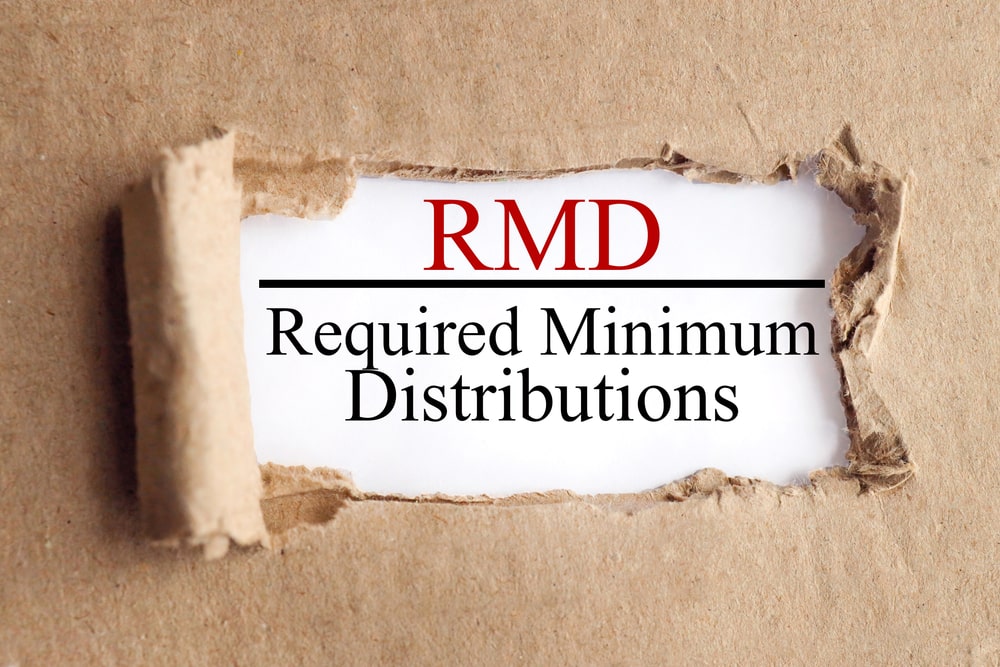When it comes to tax breaks a lot of seniors over 65 often forget about these important ones!
Tax breaks are one of the things a lot of us are trying to make the most of during tax season, yet when it comes to retirees and seniors over the age of 65, they should make sure that they take full advantage of them! This is because, as a retiree, you are going to be living on a fixed income, and you can never know when your nest egg is going to run out.
Stretching your retirement due to taxes is not something anyone wants to deal with, but for some, it is going to become a reality if they do not take advantage of all the tax breaks that are available to them.
Some do not want to admit to themselves that they have reached that age, but instead of having a crisis over your age, you should make sure that you maximize your savings!
All of us want to be able to hold onto our savings and money, especially during our retirement years, but it can be harder said than done.
A lot of states have different ways in which they tax retirement income, so you should ensure that you are up to date on all the new tax laws. This can be pretty taxing in itself, and with all the new information, you will need to remember a lot, and some of the tactic breaks can inadvertently slip through the cracks.
If you are ready to discover the most commonly overlooked tax breaks for people aged 65 and older, keep on reading!
Have you heard about these tax breaks before? Have you used any of them? Are there any of them that surprised you? Let us know in the comments down below!

Over 65? Make the most of the extra standard deduction
Yes, you already have a tax break in the form of the standard deduction that everyone is entitled to, but did you know that once you turn 65, you end up with a bigger amount when you go for the standard type of filing?
If a person is 64 and filing their standard taxes, they can get a standard deduction of $13,850 on their yearly tax return. However, this amount changes to $15,700 if they are 65 years old. This extra standard deduction amount is applicable in the case of a single filer.
Due to this standard deduction increase of $1,850, a lot of retirees are probably better off getting the standard deduction rather than choosing to go down the itemized list route. Likewise, this standard amount is also likely to stay the same for next year’s tax deduction, so you can plan accordingly if you know you or a loved one are turning 65 in the meantime.
Likewise, if you are doing joint filing with your spouse, you can benefit from a bigger standard deduction if both of you are over the age of 65! For couples that are both under the age of 65, the deduction is $1,550, and if both of you have turned 65 already, the deduction is $3,000! (The numbers apply to the 2023 tax return.)
Premium tax breaks for Medicare
Let’s discuss the premiums that come along with Medicare and how you can end up benefiting from tax breaks when we are discussing them.
For those of us who end up becoming self-employed once retire (as in, you become a consultant or you open a business of your own in retirement), you can end up having a deduction based on the type of Medicare you are paying for. If you have Medicare B or Medicare D, you can end up deducting the amount from your taxes when you file them.
What’s more, you can end up adding the amount paid as a deduction when it comes to the cost of Medicare Advantage plans and even the supplementary Medicare policies (also known as Medigap).
All self-employed retirees can make the most of this tax break, no matter if they choose to itemize or not their yearly expenses.
However, you have to keep in mind that in order to be eligible to claim this deduction, you cannot be covered under a health plan from your employer, and you cannot be named on your spouse’s employer’s coverage plan (for those of us who benefit from family medical coverage from the workplace).

There’s a workaround RMD
Required minimum distributions, also known as RMDs, have not been required in the past few years, but they have come back. Yet, if you are taking these RMDs from your IRAs, then you may have a workaround in order to meet the criteria for the pay-as-you-go demands.
There may be a chance that you are 65 or older, and you do not need to rely on the RMDs in order to live over the course of the year. In that case, wait until December in order to make the withdrawal and speak with your IRA provider to maintain a larger amount of the distribution for the IRS—enough to be able to cover the taxes for your other taxable income and the RMD.
Tax payments are estimated to have been paid when you are sending the checks; the amount held back from the IRA distribution will be considered to be paid over the year, even if you have made a lump sum payment at the end of the year.
Therefore, if your minimum distribution can cover your tax bill, you can keep the money in your IRA account for the majority of the year and not have to worry about paying an underpayment penalty.
If you want to make sure you know what to do with your retirement income and save your nest egg from taxes, it will help to read more about different retirement accounts. This book has helped me learn how to take your money out without exorbitant taxes following!

Low income? There’s a tax credit!
Yes, if you are living on a low income, then you may be eligible for a couple of tax breaks, but only if you can qualify for them, which means you have to pass the qualification “test” and also the income one.
The first criterion you have to meet is to have turned 65 years old by the end of the tax year, or if you are not yet 65 years old, you need to have retired due to a permanent and total liability and thus subsequently received taxable disability income.
Once you meet one of those, you can turn your attention to the income tests you have to pass. The first one you need to pass is directly related to your AGI (adjusted gross income). For that one, you need to meet one of the following criteria:
- provided you are married and are filing together with your spouse, if only one of you qualifies to credit them, your AGI needs to be less than $20,000;
- if you are married and have joint filing, but you both qualify for credit, then your AGI needs to be less than $25,000;
- if you are married but have lived separately from your spouse for the past year and are filing separately, then your AGI must not reach the sum of $12,500;
- finally, if you are a widow or widower or you are single and filing your taxes as the head of the household, your AGI needs to be less than $17,500.
Once you pass this income prerequisite, you also need to pass the test based on the combined amount of income that you have generated that year from non-taxable means, including Social Security, annuity, pension, and disability income. The limit for a single filer who is ahead of the household or a widow or widower needs to be less than $5,000.
For those who are married but only one spouse qualifies for the credit, the limit stays the same at $5,000. For those who are joint filers and both qualify, the combined limit is $7,500. And if you are married and filing separately after getting separated, the limit goes down to $3,500.
If you find that you pass all the tests, then you qualify for the tax credit, and you can lower your tax bill, which can end up being quite complicated. For more information, make sure you check out the instructions for Schedule R or contact your local tax entity for further aid.
Did you know some states won’t tax your retirement distributions? If you are curious to find out how that happens and which states do not do this, give our article here a read!









